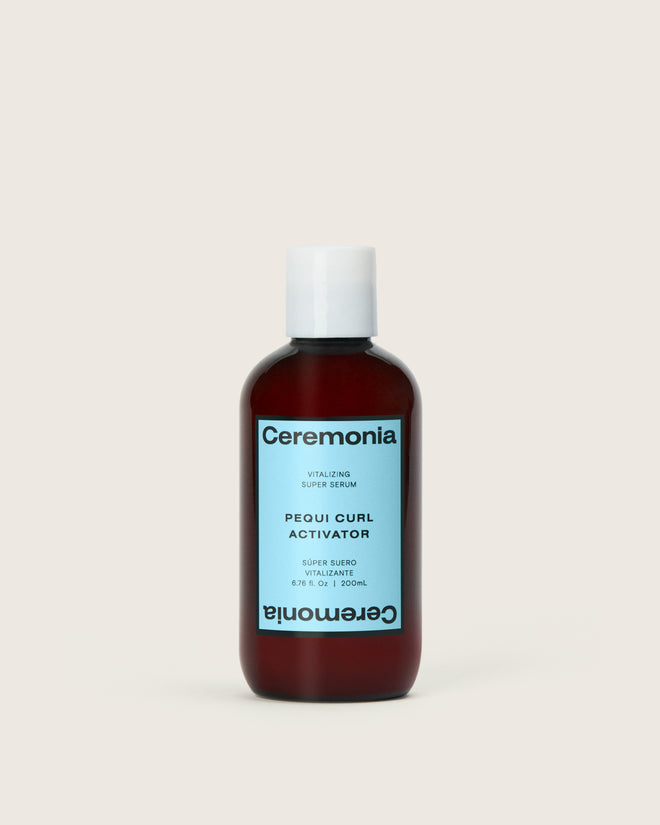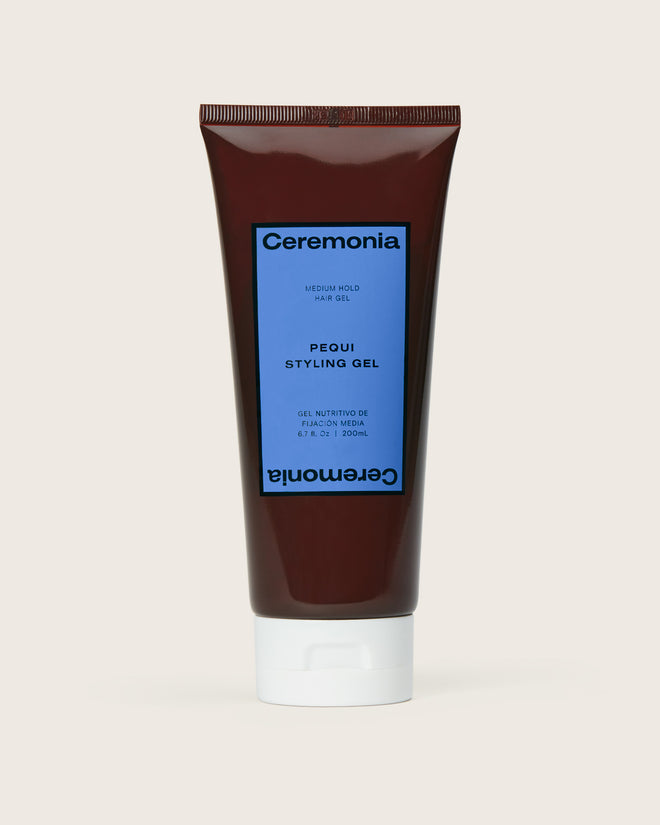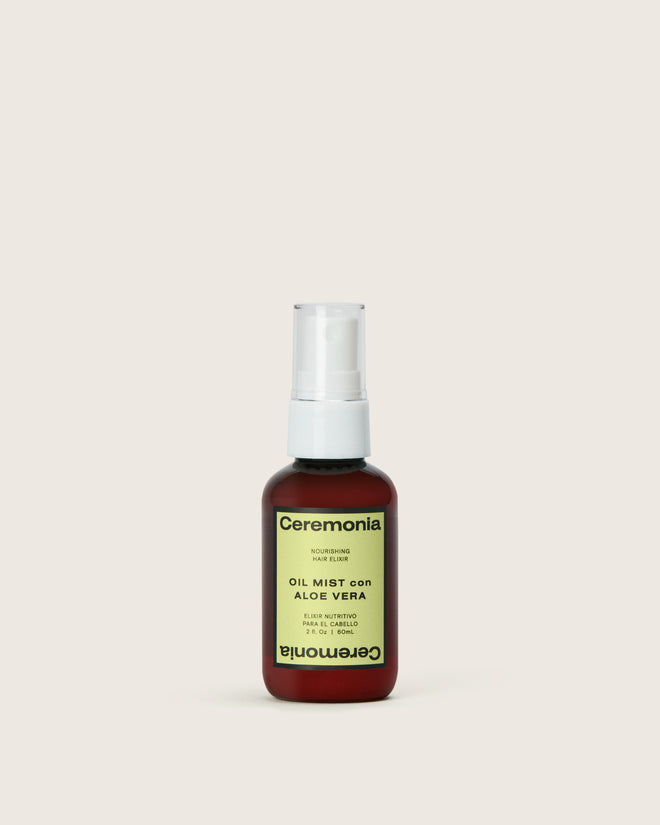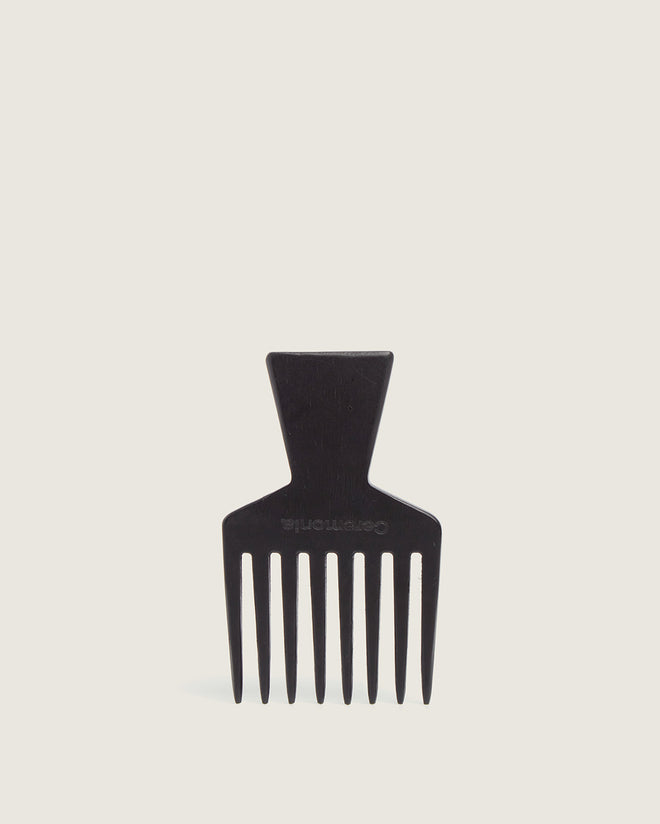Having an itchy, flaky scalp can be both uncomfortable and frustrating. If you’re struggling with dryness and white flakes dusting your shoulders, you’re not alone. These issues are very common. Many people turn to scalp oil for dryness as a nourishing solution to combat a tight, flaky scalp. In fact, applying oils to the scalp is one of the classic itchy scalp remedies used to restore moisture and soothe irritation. This guide explains why scalp dryness and dandruff occur, how oils can help, which oils are most effective, and how to use scalp oil properly to achieve relief.

Understanding Dry Scalp vs. Dandruff
It’s important to distinguish a genuinely dry scalp from dandruff because they have different causes and treatments. Dry scalp occurs when the skin on your head lacks sufficient moisture or natural oils. This often leads to small, white, powdery flakes shedding from the scalp, along with itchiness and skin tightness. Dry air, aging, or harsh hair products that strip away oil can all trigger dryness. If your scalp is dry, you may notice the rest of your skin feeling dry as well, and your hair might look dull or brittle due to a lack of oils. By contrast, dandruff is a condition usually caused by excess oil and yeast on the scalp. With dandruff, the scalp’s natural cell turnover accelerates, resulting in an accumulation of clumped dead skin flakes that are often larger and sometimes yellowish or oily. An oily scalp environment feeds yeast that leads to those stubborn flakes. While both conditions cause an itchy, flaky scalp, the root causes differ. Excess oil and fungal overgrowth cause dandruff, whereas loss of moisture causes a dry scalp. Dandruff flakes also tend to be larger and may stick to the hair, whereas dry scalp flakes are usually smaller and purely dry.
Because the origins are different, the approach to treatment also diverges. A proper dry scalp treatment focuses on adding hydration and avoiding irritants. This typically means using moisturizing products and possibly washing your hair less frequently or with milder shampoo. On the other hand, treating true dandruff often requires controlling the yeast and oil on the scalp – usually with anti-dandruff shampoos containing ingredients like zinc pyrithione, selenium sulfide, or ketoconazole to reduce fungal growth. Rehydrating the scalp will help if dryness is the issue, but it won’t cure a fungal dandruff problem.
Why Use Oils for a Dry, Flaky Scalp?
People have long used oils to address flaky scalp issues, replenishing much-needed moisture and minimizing flaking. But what exactly are “scalp oils” and why are they beneficial? These refer to oil-based treatments that are intended to penetrate the scalp skin and hair follicles. These oils are typically massaged into the scalp with fingertips or a dropper applicator, then left on for a specified period to nourish the skin. The primary goal of any hydrating scalp oil treatment is to moisturize and condition the scalp, restoring the natural oils that keep skin healthy. Constant washing, heat styling, and product build-up strip away the scalp’s protective oils and lead to dryness. The best hair oil for dry scalp counteracts this by delivering rich emollients back to the skin. These are essentially pre-shampoo masks that moisturize and nourish both your scalp and the roots of your hair. Many scalp oils even include ingredients with additional benefits. For example, some formulas contain botanicals to soothe inflammation, herbal extracts to clarify build-up, or essential oils that can stimulate circulation in the scalp.
Using a scalp oil can also be a soothing scalp treatment for irritation. Natural oils often contain anti-inflammatory and antioxidant components that calm redness and itch. For instance, jojoba oil closely resembles the scalp’s own sebum and can quickly alleviate that parched, itchy feeling. Oils like almond or olive oil are rich in vitamin E and fatty acids that help repair the skin barrier. The act of gently massaging oil into your scalp can increase blood flow to the skin, which may promote a healthier environment for hair growth and relax the scalp muscles.

Best Oils for Dry and Flaky Scalp
Choosing the best oil for dry scalp problems can be challenging due to the numerous excellent options available, each with its own unique benefits. These oils stand out for their moisturizing, soothing, or antifungal properties:
-
Coconut Oil: Coconut oil is often the first recommendation for a dry scalp. It’s an excellent hydrator – rich in medium-chain fatty acids (like lauric acid) that penetrate the skin and hair easily to provide lasting moisture. Applying coconut oil to the scalp helps reduce dryness, calm itching, and minimize flaking. Coconut oil possesses natural antifungal and antibacterial properties, which can help combat the yeast that contributes to dandruff and scalp infections. This dual action makes coconut oil uniquely effective for scalp care. For use, choose organic, virgin coconut oil if possible. Warm it slightly between your palms to melt, then gently massage it into your scalp. You can leave it on for at least 20-30 minutes before washing it out. Coconut oil tends to solidify in cooler temperatures, so warming it ensures even application. With regular use, coconut oil can dramatically soften a dry scalp and reduce those pesky flakes.
-
Tea Tree Oil: Tea tree oil is a powerful essential oil derived from the Australian Melaleuca tree, famous for its antimicrobial prowess. While not used alone as a carrier oil, mixing just a few drops of tea tree oil into a carrier oil can significantly help alleviate a flaky, dandruff-prone scalp. Tea tree oil has strong antifungal, antiseptic, and anti-inflammatory properties.
-
Argan Oil: Argan oil – often called “liquid gold” – comes from argan tree kernels and is well known in the haircare world for its conditioning benefits. For the scalp, argan oil provides deep hydration and is rich in antioxidants like vitamin E. A dry, flaky scalp can sometimes have tiny cracks or a weakened skin barrier; argan oil’s nutrients help repair and protect the skin. It’s also lightweight and absorbs without too much residue, making it a good choice if you have both scalp and hair dryness. Argan oil also contains anti-inflammatory compounds, which may help alleviate scalp irritation.
-
Olive Oil: Good old kitchen olive oil can work wonders on a parched scalp. Olive oil is heavy, but it’s incredibly moisturizing and full of healthy fats. It acts as an occlusive layer, locking moisture into the skin. If your scalp is very dry and flaky, a warm olive oil massage can help loosen and lift away the flakes while hydrating the skin beneath. Olive oil also contains vitamin E and polyphenols that have anti-inflammatory and antioxidant effects, supporting scalp health. To avoid too much greasiness, use olive oil as an occasional intensive treatment.
Other honorable mentions include almond oil, which is lightweight and rich in vitamin E, and avocado oil, which contains nourishing fatty acids that can both moisturize the scalp and strengthen the skin barrier. Some anti-dandruff oil products actually combine several of the above oils along with herbal extracts to provide a balanced solution. For example, the brand Ceremonia offers a heritage scalp oil that includes natural ingredients to address itchiness, dryness, and flakes while also promoting healthy hair growth.
How to Use Scalp Oil Effectively
Wondering how to use sulfate-free scalp oil to get the best results? Using it is actually a simple, relaxing process that you can turn into a mini spa-like routine at home.
-
Section Your Hair and Apply the Oil: Start with dry, unwashed hair for best results. Using a comb, divide your hair into sections to expose the scalp. Part it down the middle, and then further section each side. Take your chosen scalp oil and apply a few drops directly onto the scalp in each section. If your oil doesn’t have a dropper, you can dip your fingertips in the oil and gently dab it onto the visible scalp, focusing on the areas that need attention. Focus on the areas where you have the most dryness or flakes. It’s a good idea to start at the front/top of your head and work your way towards the back, ensuring even coverage of the oil on the scalp. Remember, you don’t need to drench your head in oil. A little can go a long way. You can always add more if needed, but start with small amounts to avoid an overly greasy situation.
-
Gently Massage the Scalp: After applying oil to the parted sections, use your fingertips to gently massage your entire scalp. Use small circular motions, applying light to medium pressure. Take your time with this massage and aim for around 5 minutes of scalp massage if possible. This step is not only relaxing but also highly beneficial: the massage helps the oil spread evenly and stimulates blood circulation in the scalp. Better blood flow means better absorption of the oil’s nutrients and a healthier environment for your hair follicles.
-
Let it Sit and Soak In: Once you’ve massaged the oil in, let it sit on your scalp so it can do its magic. Generally, you should leave the oil treatment on for at least 15-30 minutes. This gives time for the oil to penetrate the outer skin layer and soften any dry flakes. If your hair lengths are also dry, you can comb the excess oil from your roots down through the mid-lengths and ends. This essentially doubles as a conditioning treatment for your hair. While waiting, you might cover your head with a shower cap or a warm towel; this traps a bit of heat and helps the oil absorb better, plus it protects your clothing from any oil drips. Some people choose to leave the oil on longer for a more intensive treatment. If you do an overnight oil treatment, consider wearing a disposable shower cap or wrapping your pillow with an old towel to avoid stains. Overnight treatments can be very hydrating, but make sure the oil you use is light enough and that your scalp tolerates it. For most, 20-30 minutes is sufficient on a normal day.
-
Shampoo and Rinse Thoroughly: After the oil has been given time to work, it’s time to wash it out. Head to the shower and shampoo your hair and scalp thoroughly. It often helps to apply shampoo to your oiled scalp before adding water – this can bind to the oils better. Gently lather up, focusing on the scalp where the oil was applied, to lift away the excess.
How often should you do a dry scalp treatment oil? This depends on your level of dryness and your scalp/hair type. For a normal scalp that’s just a bit flaky in winter, once weekly might be enough. If you have an oily scalp generally, but it’s flaky due to irritation, you might only do an oil treatment once every couple of weeks so as not to overdo it.
Choosing the Right Scalp Oil Product
When you’re ready to buy oil for dry and flaky scalp relief, it’s worth taking a little time to choose the right product for your needs. Not all oils for a flaky scalp are created equal. Look for products with natural, nourishing oils and minimal additives. Ideally, the ingredient list should feature the oils we discussed. If you see a long list of chemicals, fragrances, or potential irritants, that product may not be the best for a sensitive, dry scalp. Avoid scalp oils that contain alcohol or synthetic fragrance. A simple formula is often best. Many quality scalp oils are essentially a blend of a few plant oils, along with perhaps some essential oils for fragrance or added benefits.
If you know you have sensitive skin or allergies, do a patch test with the oil on the inside of your elbow or wrist first. Even natural ingredients can cause reactions in some people. It’s better to find out on a small patch of skin than to apply it all over your scalp and then react. Consider unscented or fragrance-free oils if you are sensitive to smells or perfume components. A scalp oil for dandruff might use essential oils like lavender or peppermint for fragrance, and these are natural but can still irritate some individuals. When in doubt, opt for a product specifically designed for sensitive scalps or one recommended by dermatologists.

Every individual’s skin is a bit different. If one type of oil or remedy doesn’t seem to agree with you, don’t be afraid to try another. There’s a solution out there for virtually everyone, whether it’s a particular oil, a special shampoo, or a change in routine. With a little patience and the tips from this guide, you’re well on your way to saying goodbye to dryness and flaking and hello to a healthier scalp.
Sources
-
my.clevelandclinic.org Cleveland Clinic – Dry Scalp: Causes, Treatment & Prevention
-
realsimple.com Real Simple – How to Use Scalp Oil to Soothe Your Dry, Itchy Scalp
-
healthline.com Healthline – Treatment and Home Remedies for Dry Scalp
-
health.clevelandclinic.org Cleveland Clinic – Hair Oiling: 3 Benefits and How To Do It
-
byrdie.com Byrdie – 7 Causes of Dry Scalp, According to Dermatologists




